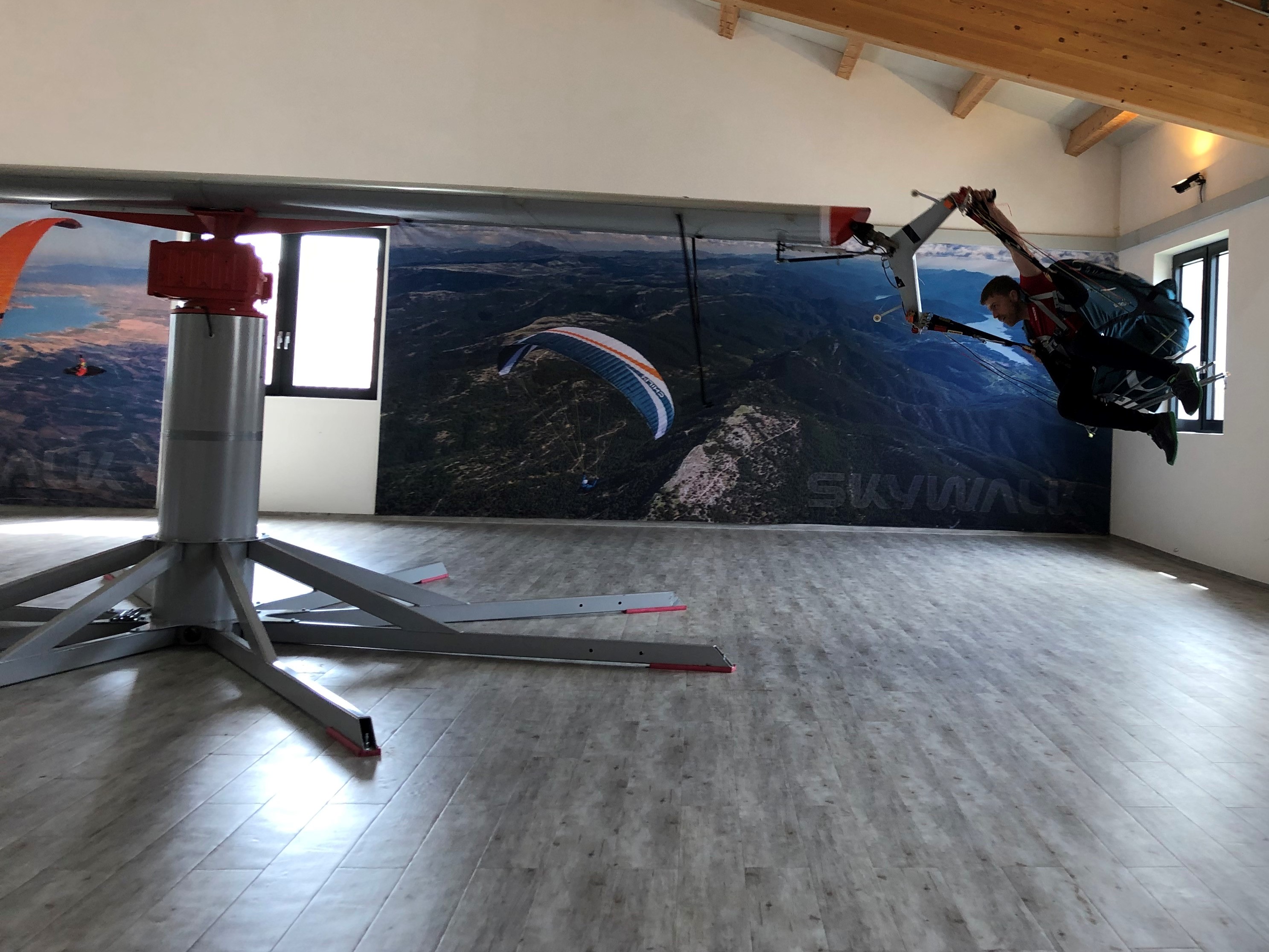
It is also termed "zero-g", although the more correct term is "zero g-force". Objects allowed to free-fall in an inertial trajectory under the influence of gravitation only feel no g-force, a condition known as weightlessness. Stress inside the object is ensured from the fact that the ground contact forces are transmitted only from the point of contact with the ground. (Free fall is the path that the object would follow when falling freely toward the Earth's center). The upward contact force from the ground ensures that an object at rest on the Earth's surface is accelerating relative to the free-fall condition.
G FORCE TRAINING MILITARY FREE
For example, a force of 1 g on an object sitting on the Earth's surface is caused by the mechanical force exerted in the upward direction by the ground, keeping the object from going into free fall. It is these mechanical forces that actually produce the g-force on a mass. Thus, the standard gravitational force at the Earth's surface produces g-force only indirectly, as a result of resistance to it by mechanical forces. Gravity acting alone does not produce a g-force, even though g-forces are expressed in multiples of the free-fall acceleration of standard gravity. Because of these strains, large g-forces may be destructive. Such forces cause stresses and strains on objects, since they must be transmitted from an object surface. In practice, as noted, these are surface-contact forces between objects. The g-force experienced by an object is due to the vector sum of all non-gravitational forces acting on an object's freedom to move. Gravitational acceleration (except certain electromagnetic force influences) is the cause of an object's acceleration in relation to free fall. The types of forces involved are transmitted through objects by interior mechanical stresses. When the g-force is produced by the surface of one object being pushed by the surface of another object, the reaction force to this push produces an equal and opposite weight for every unit of each object's mass. Since g-forces indirectly produce weight, any g-force can be described as a "weight per unit mass" (see the synonym specific weight). The gravitational force equivalent, or, more commonly, g-force, is a measurement of the type of force per unit mass – typically acceleration – that causes a perception of weight, with a g-force of 1 g (not gram in mass measurement) equal to the conventional value of gravitational acceleration on Earth, g, of about 9.8 m/s 2. Combining this with the vertical g-force in the stationary case using the Pythagorean theorem yields a g-force of 5.4 g. This is a horizontal acceleration of 5.3 g. However, navies and industry are assessing training needs for the systems and asking how technology can enhance the process.This top-fuel dragster can accelerate from zero to 160 kilometres per hour (99 mph) in 0.86 seconds. Military USV and UUV markets are still at a relatively early stage of development. But troops’ time on range in future seems likely to be a more hybrid affair that exploits a number of different technologies. The importance of g-force training must therefore be appreciated to ensure aircrew are ready for next-generation fighters.Īs armed forces’ budgets rise again, live training is on the increase. The technology pilots use has greatly advanced over time, but the type of effects they experience has largely remained the same. Shephard looks at what the latest laser systems are capable of and some future alternatives.

Laser-based Tactical Engagement Simulation Systems have been around for several decades, but some users are questioning whether they provide sufficiently realistic training. Shephard takes a closer look at what training technologies are being used in the land domain to keep platforms on the road.


As equipment costs rise and platforms become more sophisticated, maintaining high availability is a vital component of military preparedness. Maintenance training has never been so important. In particular, air force training comes at a premium, so the right balance of tools and techniques is crucial for cost-effectiveness. The increasing complexity of emerging technologies is placing pressure on the optimisation of military training.


 0 kommentar(er)
0 kommentar(er)
